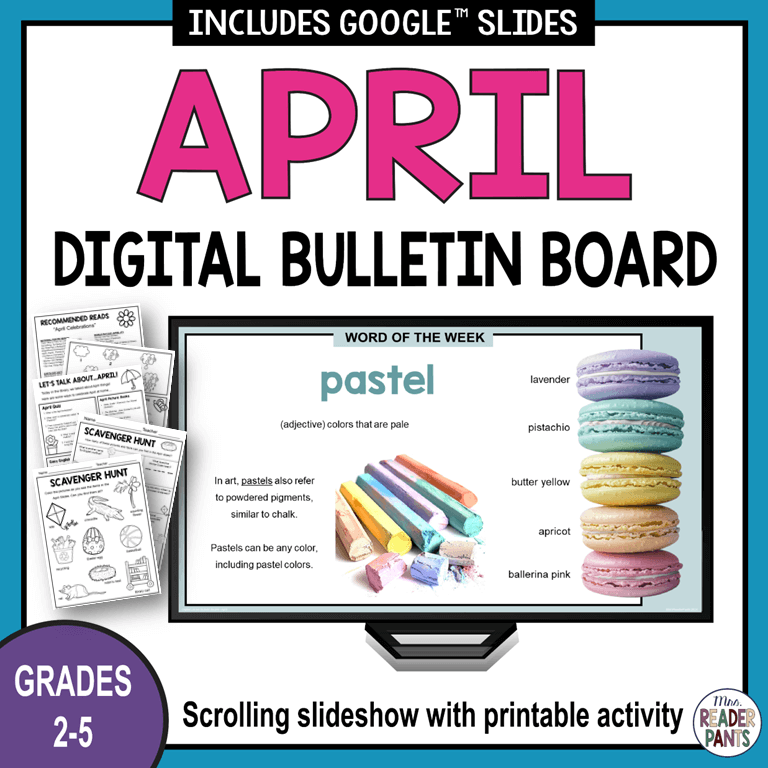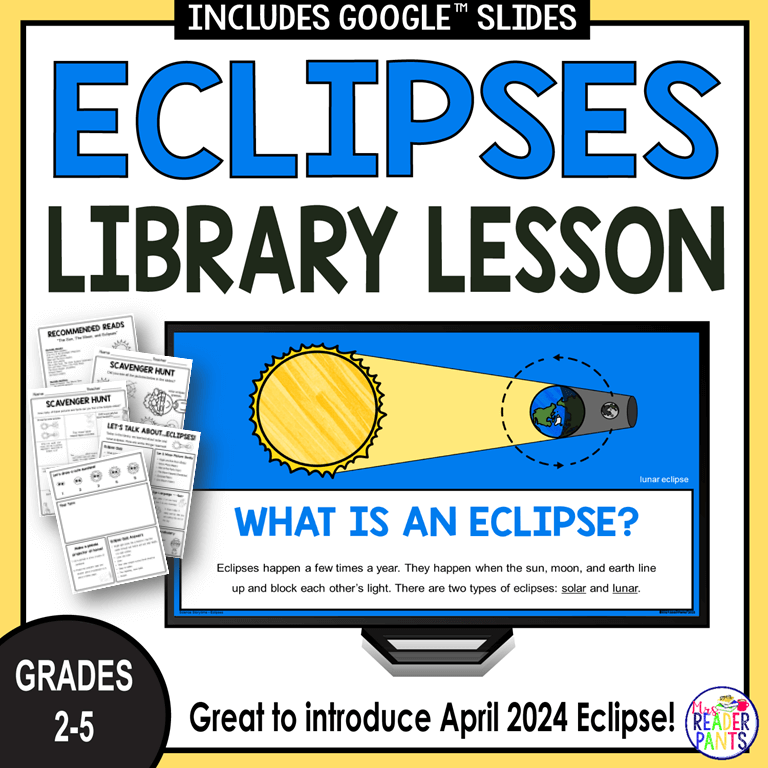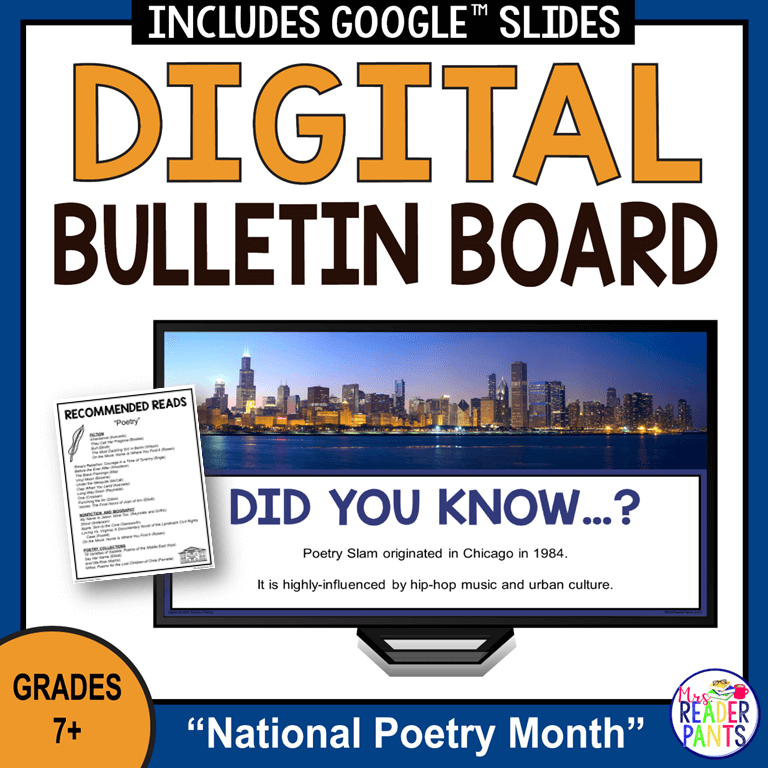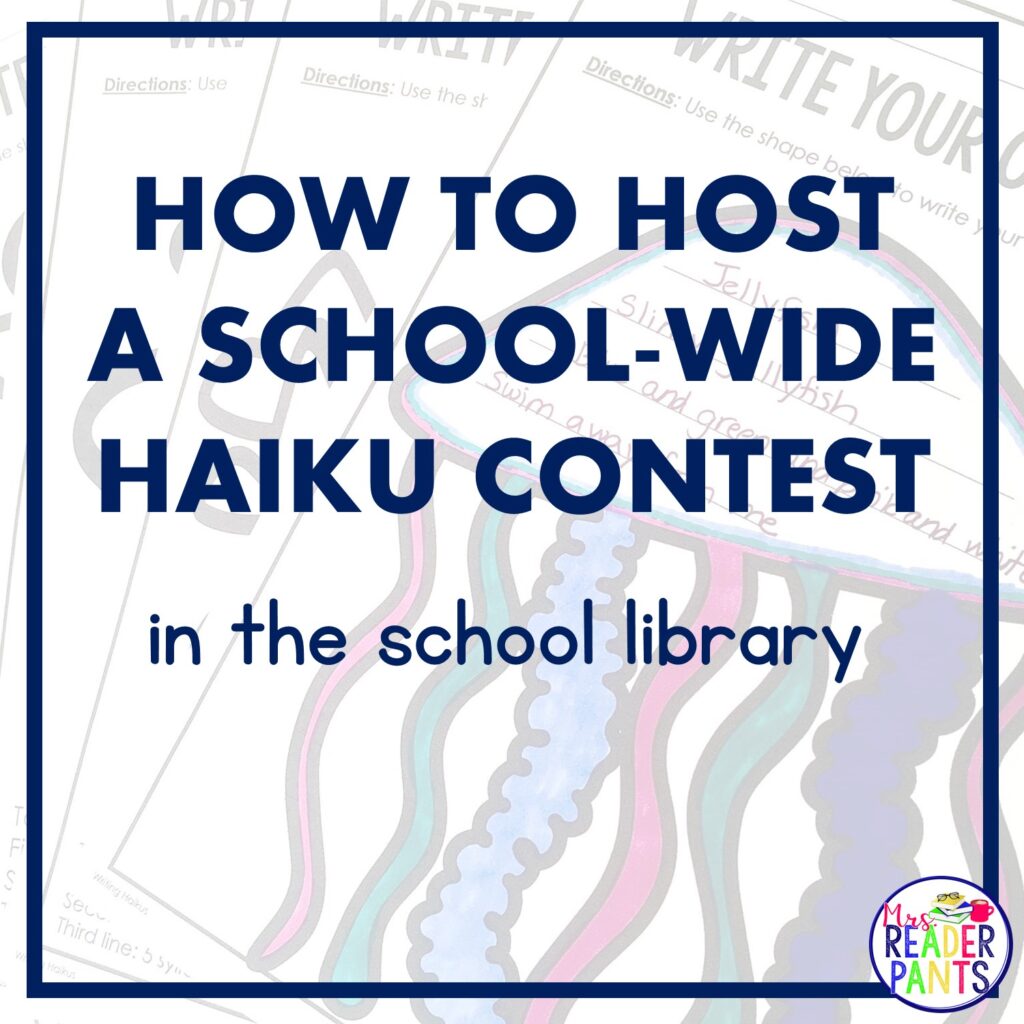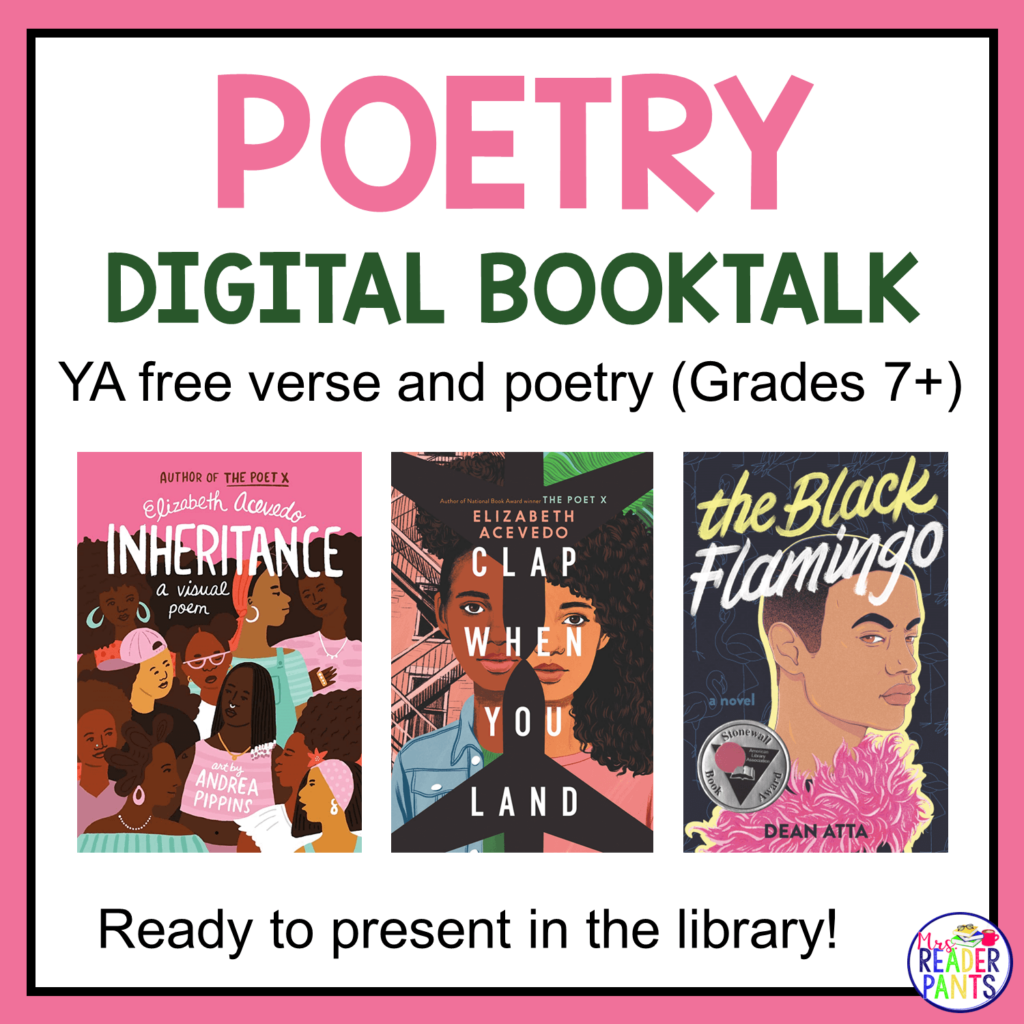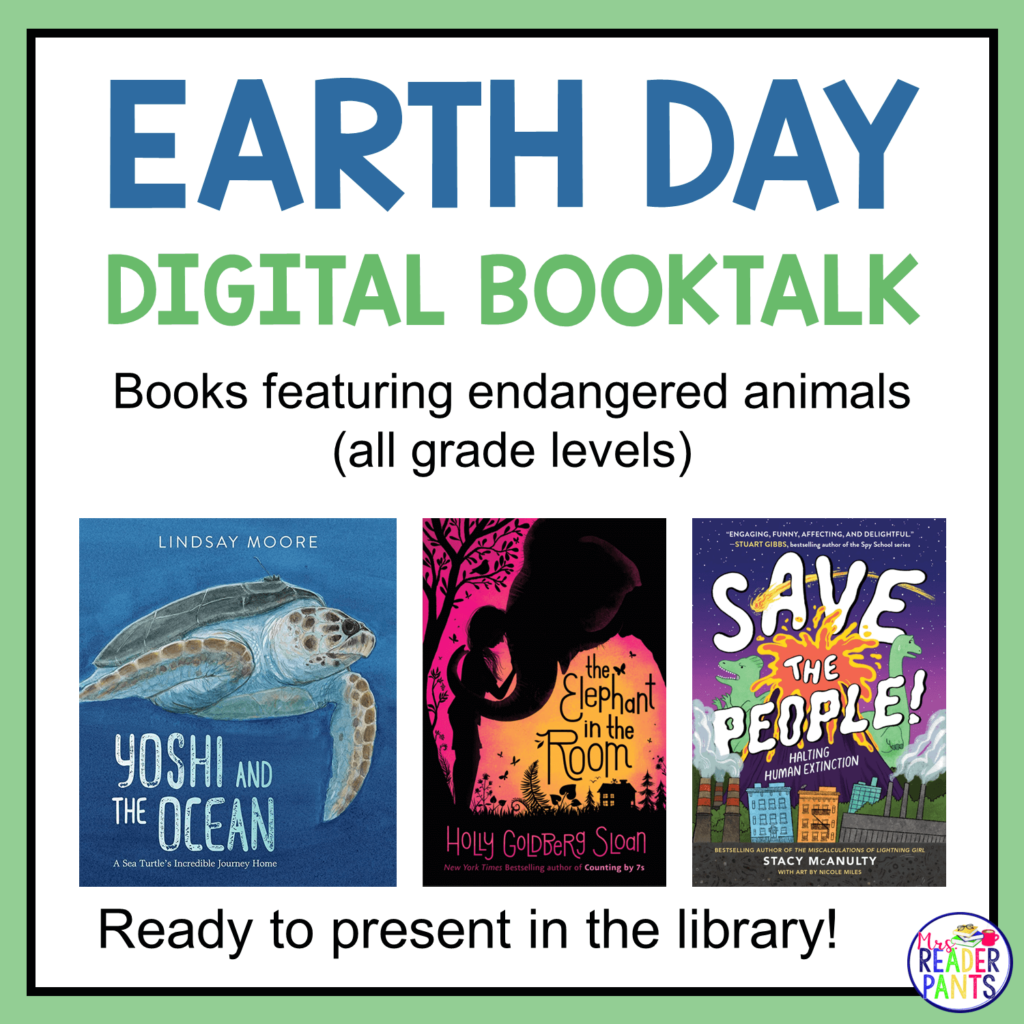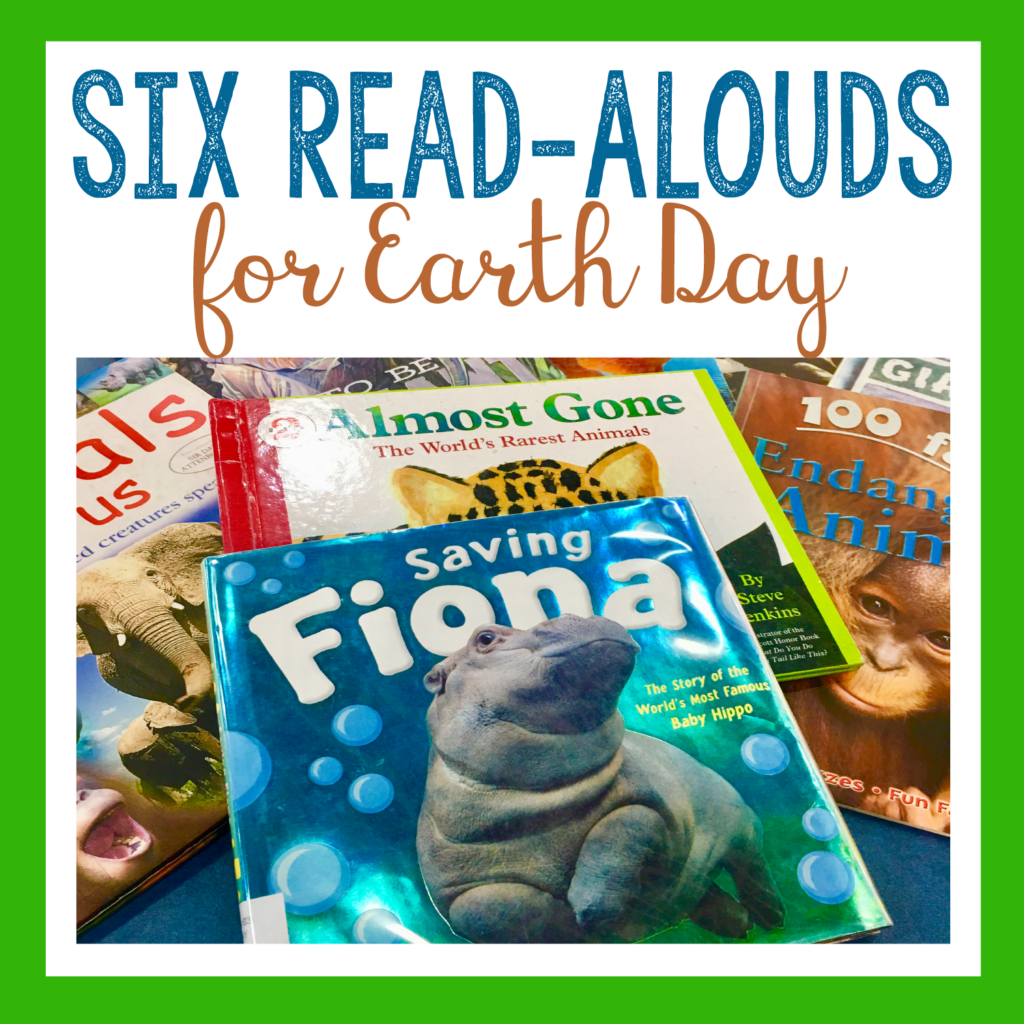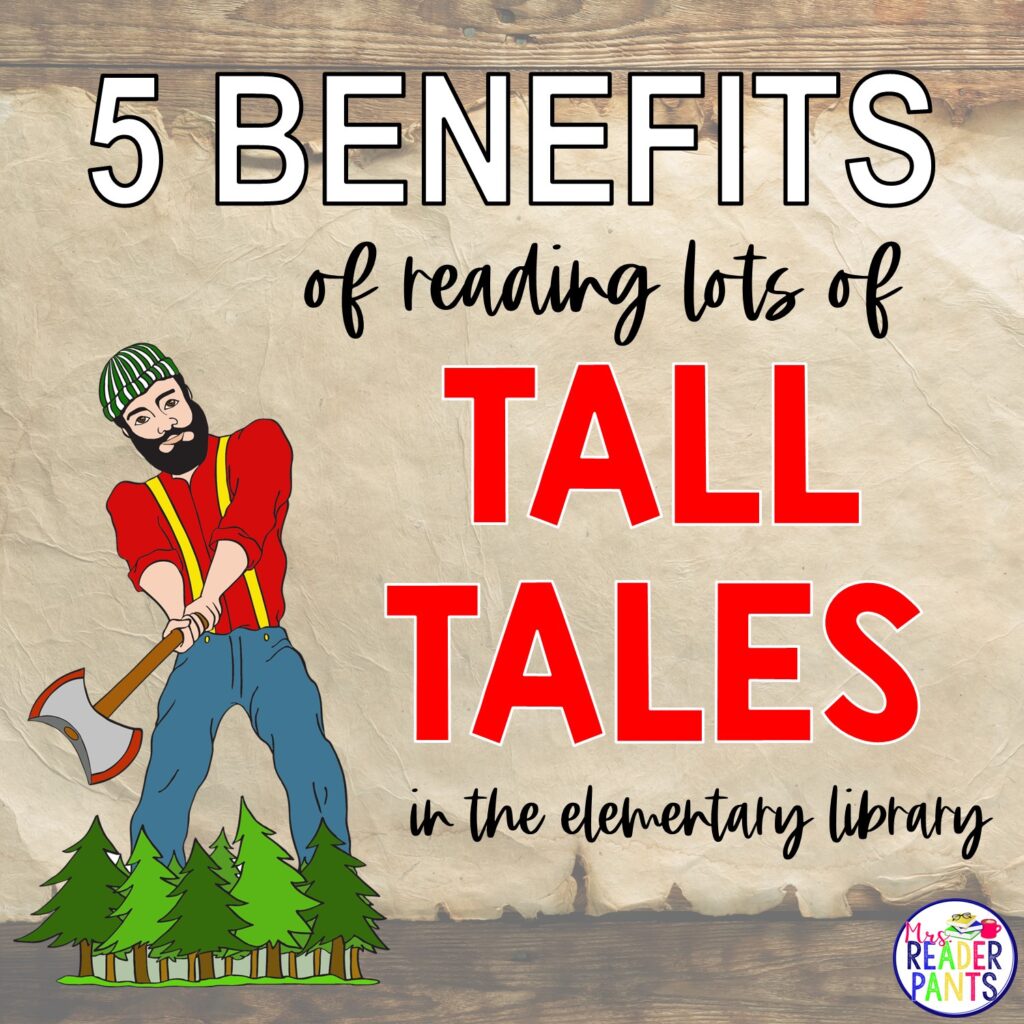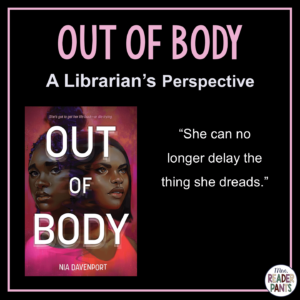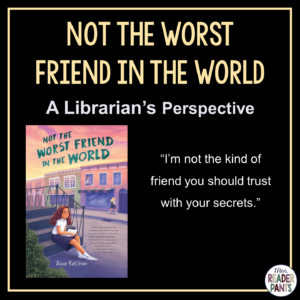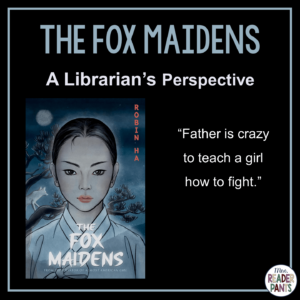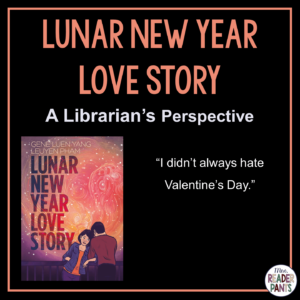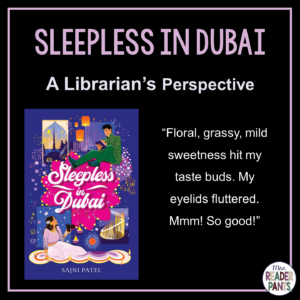Pachinko is a saga about four generations of a Korean family, most of whom grow up and live in Japan. The story begins in 1910 and goes into the early-1980s. This was an interesting story, and I was never really bored with it. It was, however, far longer than needed to tell the story.
 AUTHOR: Min Jin Lee
AUTHOR: Min Jin Lee
SERIES: none
PUBLISHER: Grand Central Publishing
PUBLICATION DATE: February 7, 2017
PAGES: 496
GENRE: historical fiction
SETTING: Busan, Korea and multiple locations in Japan, 1910-1980s
GIVE IT TO: HS, AD
AWARDS AND KUDOS
- Dayton Literary Peace Prize Nominee for Fiction (2018)
- National Book Award Finalist for Fiction (2017)
- Goodreads Choice Award Nominee for Historical Fiction (2017)
- Reading Women Award for Fiction (2017)
- Litsy Award for Historical Fiction (2017)
- RUSA CODES Reading List Nominee for Historical Fiction (2018)
- Dublin Literary Award Nominee (2019)
SUMMARY
In the early 1900s, teenaged Sunja, the adored daughter of a crippled fisherman, falls for a wealthy stranger at the seashore near her home in Korea. He promises her the world, but when she discovers she is pregnant–and that her lover is married–she refuses to be bought.
Instead, she accepts an offer of marriage from a gentle, sickly minister passing through on his way to Japan. But her decision to abandon her home, and to reject her son’s powerful father, sets off a dramatic saga that will echo down through the generations.
THE SHORT VERSION
Quite interesting, but also quite long!
WHAT I LIKED ABOUT PACHINKO
This book took me FIVE weeks to read! That maybe should be in the “didn’t like” section, but I actually really enjoyed the story. Though the first 2/3 was much more interesting than the last third, Pachinko kept my attention from start to finish. It took five weeks to finish simply because it was SO LONG, and well…life. I’m also a pretty slow reader, and I also like reading multiple books at the same time.
Despite the length (just shy of 500 pages), I liked the characters and their stories. We know most about Sunja and her sons, Noa and Mozasu, but there are lots and lots of minor characters. Most of the story is set in Japan, where Koreans are discriminated against and heavily stereotyped. At around 20%, the main character moves from Busan, Korea to Osaka, Japan. The rest of the book is set in Japan.
I loved learning more about Korea and Japan in the 20th Century. Asian history has become one of my favorite topics to learn about in the past few years because we did almost nothing with it in school. We had so many years of American history and even British history in school, but very little about Asia or Africa or South America. My favorite adult reads these days tend to be set outside the US.
WHAT I DIDN’T LIKE ABOUT PACHINKO
It’s overlong. This is a great story, but it would have been even better if it lost about 100 pages of narrative. Pachinko is divided into three sections, and I felt like the last section was the most rambling. We get all these new characters introduced in the last third, and the focus comes off the original characters. The new characters have some relation to the main characters, but many of them are brand-new in the last third of the book.
That said, I did like the stories of the new characters, particularly the stories of Ayame and Hana. I think these characters show an important side of Japan that we don’t get to see through the main characters.
I also found myself annoyed at the “Mary Sue”-ness of Sunja’s character. She is just so darn perfect and hard-working and always tries her best to do the right thing. The uncorruptable Sunja. That’s nice for a real person in real life, but for the main character of a very long story, it limits her growth. Flawed characters are just so much more interesting. Give me a story from Hana’s point of view!
As the story led up to 1945, I anxiously anticipated reading about the bombing of Nagasaki from a Japanese perspective, especially considering one major character was in Nagasaki when the bomb dropped. What a let-down! The book barely included anything about this major event in Japanese history. The character in Nagasaki wasn’t even harmed by the bomb but was instead injured by something else. Disappointing.
DIVERSITY
This book has a huge cast of characters, nearly all of whom are Korean. There are some minor Japanese characters. One minor character is Korean American. Two male characters have disabilities from birth. One male character is closeted gay and married to a woman.
ARTWORK/ILLUSTRATIONS
There are no illustrations in the body of the book. I’ve seen two covers for Pachinko. I like the one with the Korean woman’s silhouette. The cover with the glass stones pictured at the top of this review has nothing to do with the story.
THEMES
Korean history, Japanese history, 20th Century, discrimination, estranged fathers, World War II, long-suffering mothers, parenthood, poverty, war, teen pregnancy, gambling, police brutality, cruel and excessive punishment (imprisonment and death in prison), gender roles, Christianity, organized crime, family secrets, suicide
LIBRARIANS WILL WANT TO KNOW
Would adults like this book? YES! Despite my complaints, it’s still very good.
Would I buy this for my high school library? MAYBE. I had this in my high school library in China. It was a Panda Award Book for the 2018-2019 school year. Our school had lots of Korean and Japanese students and teachers, but Pachinko wasn’t checked out very much. I do remember a Korean senior student at our school raving about it, which is what made me read it now. It is labeled as Adult in Titlewave, which for some high school libraries, may make it ineligible as a library purchase for students.
Would I buy this for my middle school library? NO. I can’t imagine middle schoolers having the historical background or patience to read this book. It’s an adult book anyway, so it would not qualify for purchase in my library unless it were for the adult books shelf for staff.
Would I buy this for my elementary school library? NO. Definitely not an elementary book unless you are buying it for an adult books shelf.
MATURE CONTENT
Language: Does include profanity, including the F-bomb, but it is not gratuitous.
Sexuality: This is an adult book. It includes multiple instances of sexual intercourse; gay sex (M-M and F-F); prostitution; teen sexual relationship with older, married man (she does not know he is married). None of it is graphic, and it is necessary to the story.
Violence: police brutality, housing discrimination, job discrimination, bullying, organized crime
Drugs/Alcohol: some mentions of sake and drunkenness

